Maharashtrian cuisine, steeped in tradition and diversity, offers a tantalizing array of flavors and dishes. From street food favorites like vada pav and pav bhaji to homely classics like varan bhaat and puran poli, each dish embodies a unique blend of spices and ingredients. Lentils, rice, coconut, and jaggery are staples, while bold flavors of mustard seeds, curry leaves, and goda masala elevate the dishes. Festivals like Ganesh Chaturthi bring forth specialties like modak. Whether enjoyed in bustling cities or humble homes, Maharashtrian cuisine celebrates a rich culinary heritage, uniting communities through its delectable and comforting creations.
Poha
-1712103246.jpg)
Poha is a quintessential dish in Maharashtrian cuisine, beloved for its simplicity and flavor. Made from flattened rice flakes, it's a breakfast staple and a snack enjoyed throughout the day. In its preparation, the rice flakes are tempered with mustard seeds, curry leaves, green chilies, and turmeric, infusing it with aromatic spices. Peanuts and onions add texture and depth of flavor, while garnishes like fresh coriander and grated coconut enhance its appeal. Served hot with a squeeze of lemon, Poha offers a delightful balance of tanginess, spiciness, and crunch.
Vada Pav
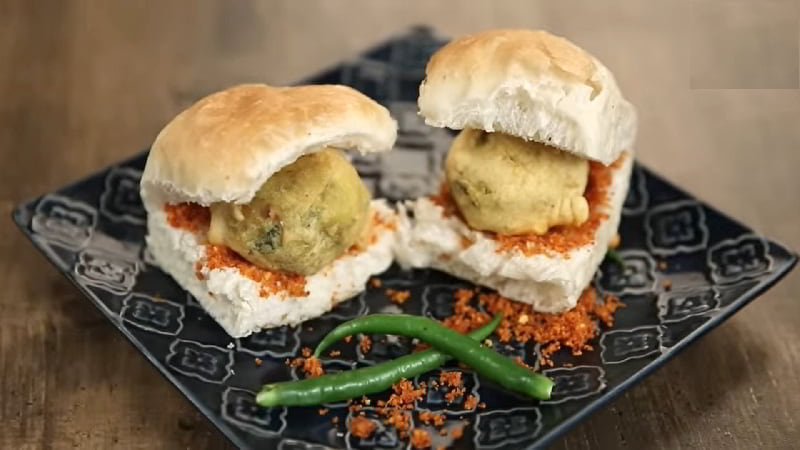
Vada pav is a popular street food dish from Maharashtra. It is a delicious and satisfying treat that consists of a deep-fried potato fritter, known as vada, served in a soft bun, called pav. The vada is made by mashing boiled potatoes and mixing them with a variety of spices such as ginger, garlic, green chili, turmeric, and coriander leaves. This mixture is then shaped into patties and coated with a batter made from chickpea flour. The vadas are deep-fried until they become crispy and golden brown. The pav, on the other hand, is a small, round bun that is usually buttered and lightly toasted. It is served with a spicy and tangy chutney, made from a blend of green chilies, garlic, and tamarind. To assemble the vada pav, the pav is sliced in half and spread with the chutney. A piping hot vada is then placed in the pav, and it is ready to be enjoyed. Vada pav is loved for its combination of textures and flavors. The softness of the pav complements the crispy exterior and soft, flavorful interior of the vada. The spicy chutney adds a kick of heat while the tanginess from the tamarind balances the flavors.
Pav Bhaji
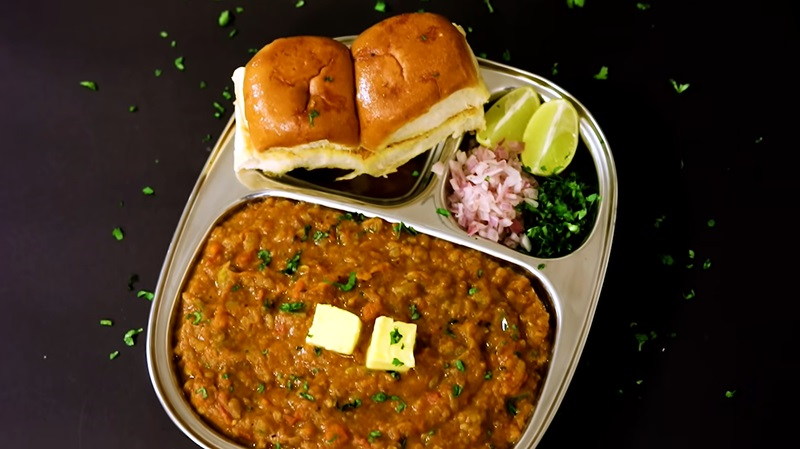
Pav bhaji is a popular Maharashtrian street food dish that originated in Mumbai. It is a delightful combination of a spicy vegetable curry, known as bhaji, served with soft buttery bread rolls called pav. This dish is loved by people of all ages and is a go-to snack or meal option. The bhaji is made by cooking a medley of vegetables like potatoes, tomatoes, onions, peas, and capsicum, along with a blend of aromatic spices and a generous amount of butter. The vegetables are mashed and cooked until they form a thick and flavorful curry. The bhaji is then garnished with coriander leaves and a squeeze of lime for added freshness. The soft pav buns are lightly toasted with butter on a griddle, giving them a crispy exterior and a fluffy interior. They are served alongside the bhaji, allowing diners to dip the pav into the curry and relish the burst of flavors. Pav bhaji is usually accompanied by chopped onions, lemon wedges, and a dollop of butter on top.
Modak
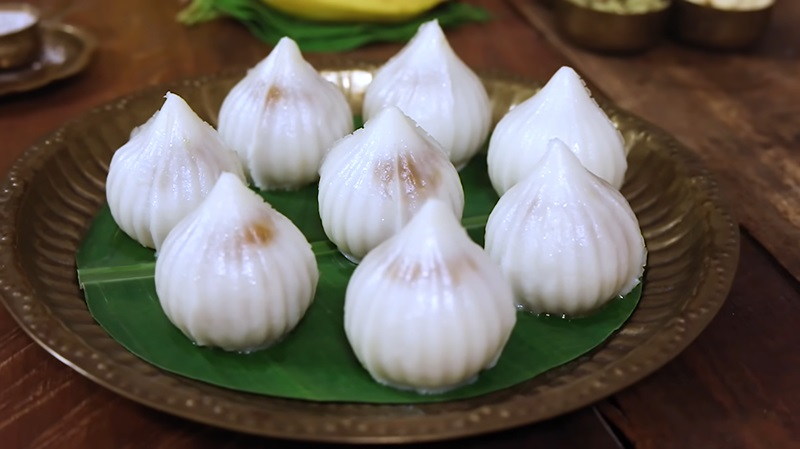
Modak is a traditional Maharashtrian sweet dish that is commonly prepared during the festival of Ganesh Chaturthi. It is a steamed dumpling made with rice flour or wheat flour, filled with a sweet mixture of jaggery, coconut, and cardamom. The word "modak" literally means "a sweet delicacy that brings joy" in Marathi. The preparation of modak involves making a soft dough from the flour, which is then shaped into small cups. The filling, made by cooking grated coconut and jaggery, is then stuffed into these cups. The dumplings are sealed by pinching the edges and steamed until they turn soft and fluffy.
Puran Poli
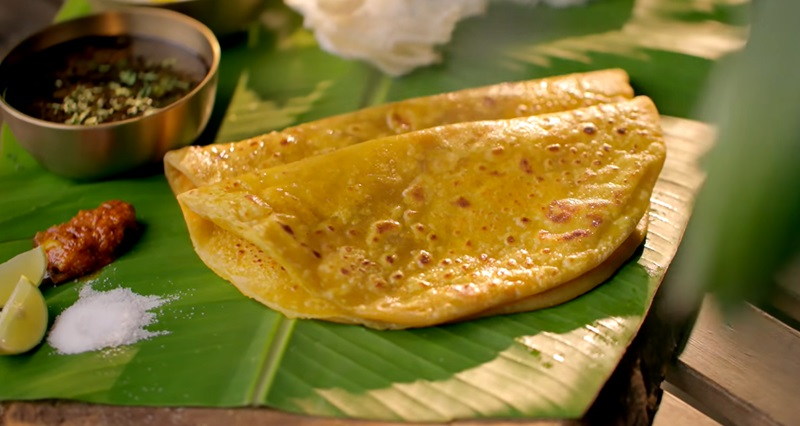
Puran poli is a traditional Maharashtrian dish that holds a special place in the hearts and palates of people in Maharashtra, India. It is a sweet flatbread made with a filling of jaggery (unrefined cane sugar) and chana dal (split Bengal gram). To prepare puran poli, a dough is made with wheat flour and water, which is then rolled out into small circles. The filling, known as puran, is made by cooking chana dal with jaggery, cardamom powder, and ghee until it thickens. The puran is then stuffed into the dough circles and sealed, before being rolled out into thin, flatbreads. Once prepared, puran poli is cooked on a tawa (griddle) with ghee until it turns golden brown and slightly crisp. It is often served hot with a generous drizzle of more ghee on top. The combination of the sweet and rich puran with the soft and slightly chewy outer layer creates a delightful contrast of flavors and textures.
Bhakri
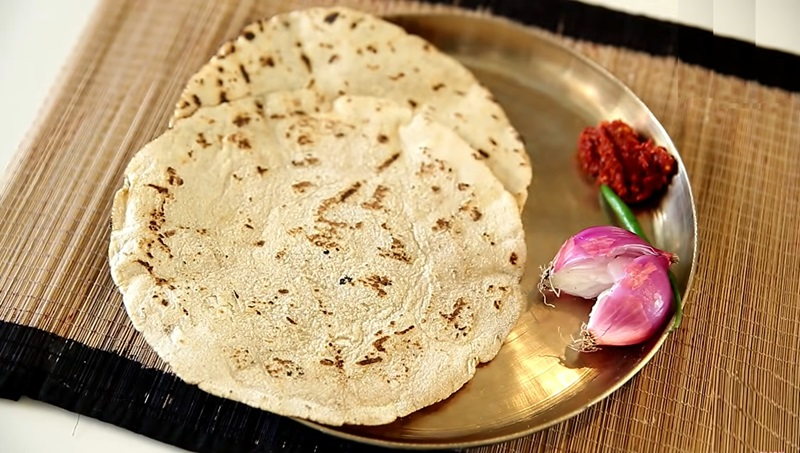
Bhakri is a traditional flatbread made from a mixture of various flours like jowar (sorghum), bajra (pearl millet), and wheat. It is a staple in Maharashtrian households and is often served with a variety of accompaniments. The process of making bhakri involves kneading the dough using hot water and then rolling it out into a flat, round shape. It is then cooked on a tawa (griddle) until it turns golden brown and crispy. The final result is a delicious, wholesome flatbread that is both nutritious and filling. What sets bhakri apart is its versatility. It can be enjoyed with a wide range of side dishes like pitla (gram flour curry), thecha (spicy chutney), or even with a simple dal and vegetable preparation. The crunchy texture and earthy taste of bhakri complement these accompaniments perfectly, creating a mouthwatering combination.
Misal Pav
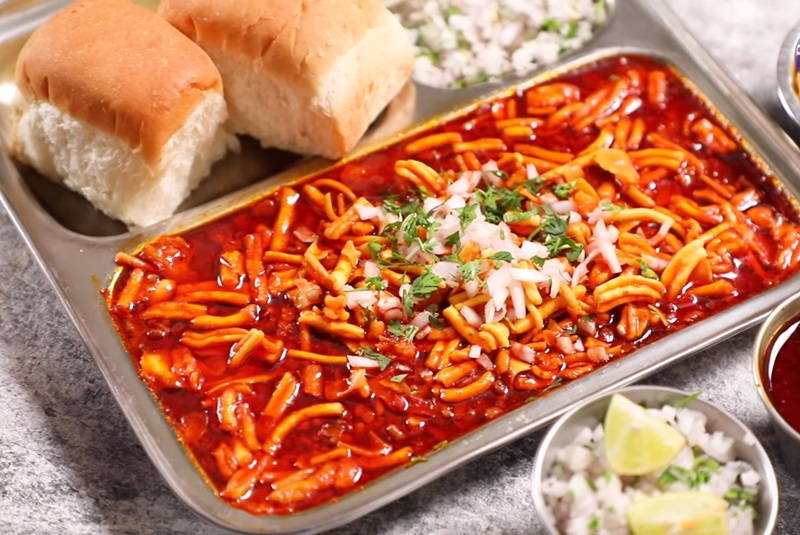
Misal pav is a traditional Maharashtrian dish that is immensely popular and loved by locals. It is a delicious and spicy street food dish that consists of a flavorful curry made with sprouted lentils (usually moth beans or matki), onions, tomatoes, and a blend of aromatic spices. To prepare misal pav, the sprouted lentils are cooked with a special spice mix known as misal masala, which gives the dish its distinct taste. The curry is then garnished with farsan (a mixture of crunchy fried snacks), finely chopped onions, cilantro, and a squeeze of lemon juice to add a tangy flavor. The dish is typically served with pav, a soft and fluffy bread roll. The pav is lightly toasted and served alongside the spicy curry, allowing diners to dip the bread in the flavorful sauce or assemble a sandwich-like combination.
Bakarwadi
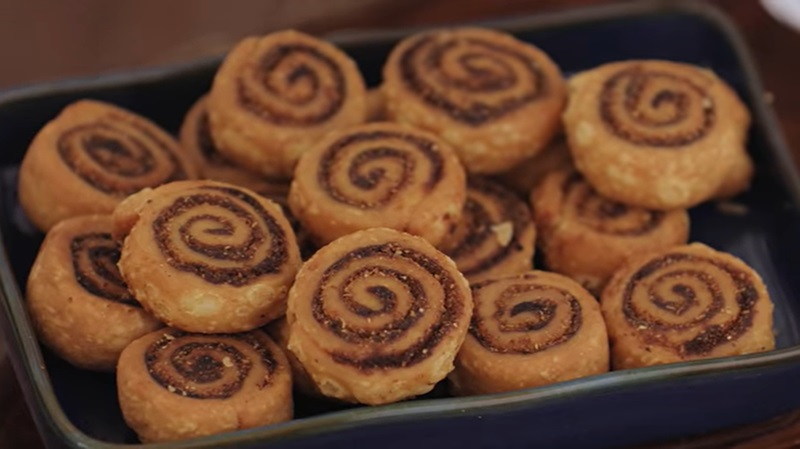
Bakarwadi is a delectable snack that combines crispiness and spiciness with a blend of flavorful spices, herbs, and nuts. Its preparation involves multiple steps, starting with the creation of a dough made from wheat flour, gram flour, and spices like turmeric, red chili powder, and cumin. This dough is then rolled out into thin circles and filled with a spicy mixture. The filling consists of ground peanuts, sesame seeds, grated coconut, and a combination of aromatic spices such as coriander, fennel, and cinnamon. The dough is tightly rolled into a spiral, cut into small pieces, and finally deep-fried until it achieves a golden brown and crispy texture. The end result is a savory and crunchy snack that offers an explosion of flavors.
Basundi

Basundi is a rich and creamy dessert made by simmering milk for a long time until it reduces and thickens. The slow cooking process gives basundi its distinct flavor and creamy texture. To prepare basundi, full-fat milk is boiled in a heavy-bottomed pan and then simmered on low heat. As it reduces, sugar, cardamom powder, and saffron are added to enhance the taste and aroma. The milk is further cooked until it thickens to a creamy consistency. It is important to stir the milk frequently to prevent it from sticking to the bottom of the pan. Basundi can be served warm or chilled, depending on personal preference. It is often garnished with chopped nuts, such as almonds and pistachios, to add a crunchy texture.
Shrikhand
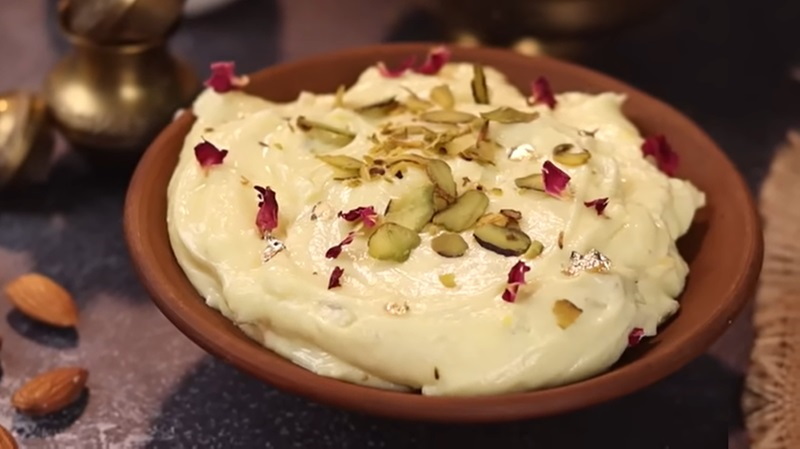
Shrikhand is a popular Maharashtrian dessert that is made from strained yogurt and flavored with cardamom, saffron, and sugar. It is a creamy and thick dish that is often served chilled. To prepare Shrikhand, yogurt is hung in a muslin cloth for several hours to remove the whey and achieve a thick consistency. The strained yogurt is then mixed with powdered sugar, cardamom powder, and a pinch of saffron strands. This mixture is then chilled in the refrigerator to enhance its taste and texture. Shrikhand is usually served as a dessert or a sweet dish after a meal. It is often garnished with chopped nuts like almonds, pistachios, or cashews to add a crunchy texture. The combination of the creamy yogurt, aromatic cardamom, and delicate saffron gives Shrikhand its unique and heavenly flavor.
Anarsa
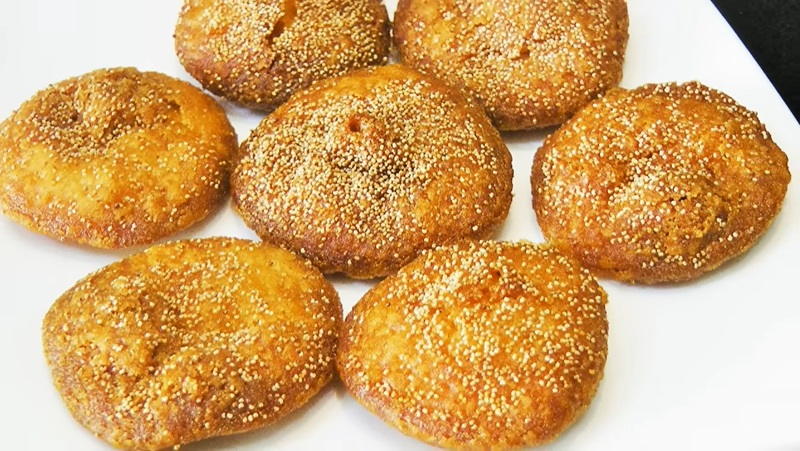
Anarsa is a cherished sweet delicacy deeply rooted in Maharashtrian culinary tradition. Made primarily during festivals like Diwali, it epitomizes the richness of Maharashtrian sweets. Prepared from soaked rice flour and jaggery, the dough is meticulously crafted into flattened discs or intricate shapes. These are then deep-fried to a golden brown, imparting a crisp exterior while maintaining a soft, chewy interior. Fragrant with the essence of ghee and cardamom, Anarsa delights with its subtle sweetness and earthy undertones. Often adorned with sesame seeds for an added crunch, this treat encapsulates the time-honored flavors and artistry of Maharashtra's sweet repertoire.
Patrode
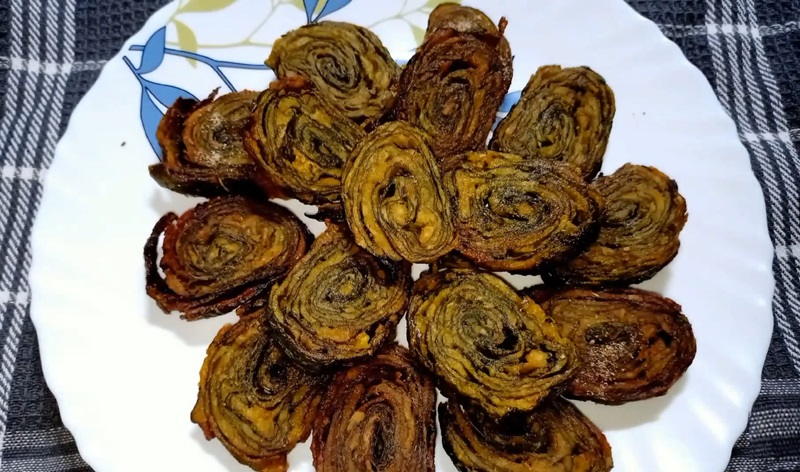
Patrode is a traditional Maharashtrian dish that is bursting with flavors and textures. It is made from colocasia leaves, also known as taro leaves, which are rolled up with a flavorful paste made from rice flour, gram flour, tamarind pulp, jaggery, and a blend of aromatic spices. To prepare Patrode, the colocasia leaves are first thoroughly washed and dried. Then, the paste is prepared by mixing the rice flour, gram flour, tamarind pulp, jaggery, and spices like red chili powder, turmeric powder, asafoetida, and salt. The leaves are then spread out, and the paste is evenly applied on each leaf. The leaves are then rolled up tightly and steamed or shallow-fried until they are cooked and tender. The resulting dish is an explosion of flavors, with the tanginess from the tamarind, sweetness from the jaggery, and spiciness from the aromatic spices. The colocasia leaves lend a unique earthy taste to the dish.
Solkadhi
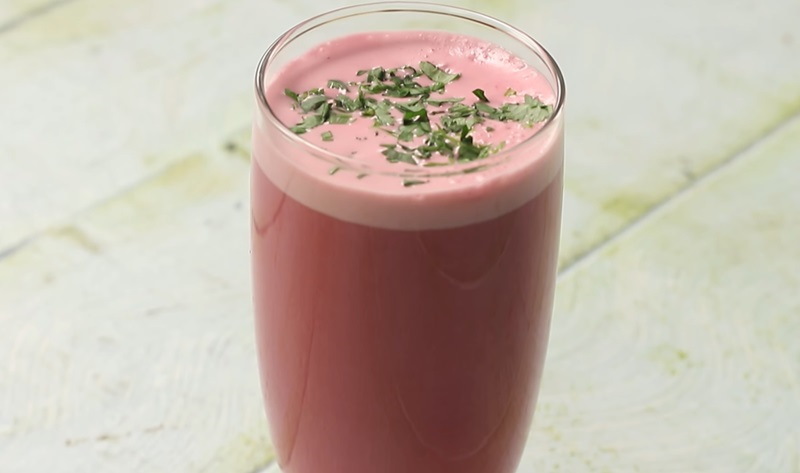
Solkadhi is a popular drink or appetizer that is made from two key ingredients - coconut milk and kokum (a souring agent). To prepare solkadhi, coconut milk is extracted from freshly grated coconut and mixed with water. Then, dried kokum petals are added to the mixture, which gives the dish its distinct pink color and sour taste. To enhance the flavors, spices like green chilies, garlic, and cumin seeds are pounded together and added to the Solkadhi. It aids in digestion, cools the body, and helps in treating acidity and indigestion. In Maharashtra, solkadhi is often served with spicy and fiery seafood dishes like Malvani fish curry or prawn curry. It acts as a perfect complement to balance the spiciness and add a cooling effect to the palate.
Batata Vada
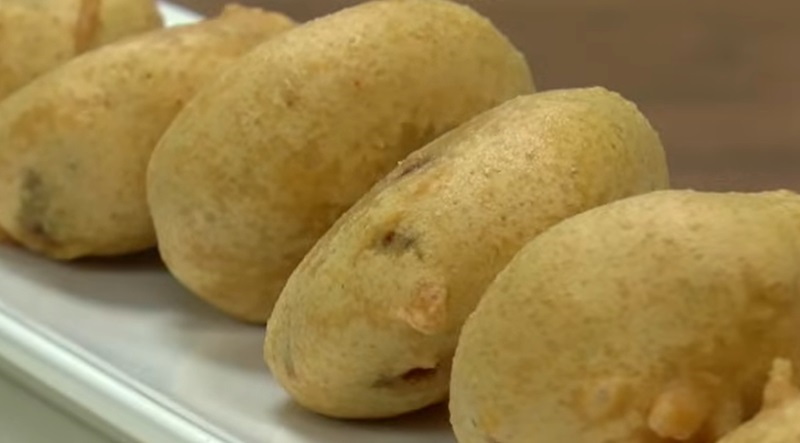
Batata vada is a popular Maharashtrian snack that originated in Mumbai, Maharashtra, India. It is a delicious and flavorful dish made with a spiced potato filling coated in a chickpea flour batter and deep-fried until crispy and golden brown. To make batata vada, boiled and mashed potatoes are mixed with a medley of aromatic spices like cumin, coriander, turmeric, ginger, garlic, and green chilies. This mixture is then shaped into round balls or patties. Next, a thick batter is made using chickpea flour, turmeric, baking soda, and water. The potato balls are dipped into this batter, ensuring they are completely coated, and then deep-fried until they turn crispy on the outside. The end result is a mouthwatering snack with a crispy exterior and a soft, flavorful potato filling. Batata vada is often served with green chutney made with coriander, mint, and green chilies, as well as tamarind chutney for a balance of tangy and spicy flavors.
Thalipeeth
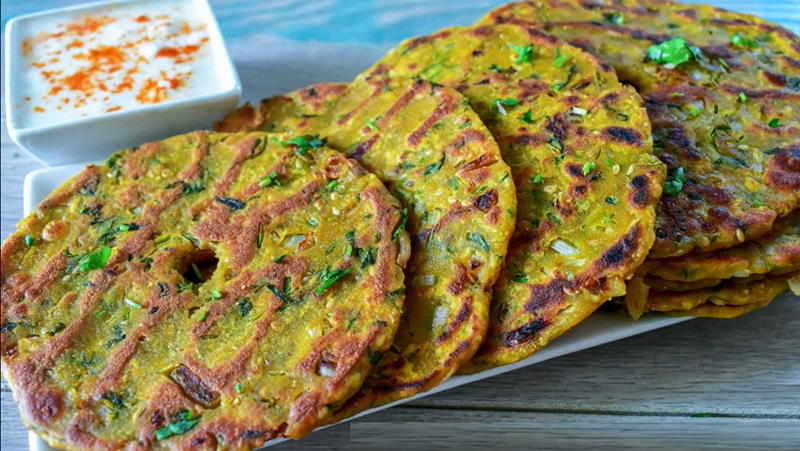
Thalipeeth is a traditional Maharashtrian dish that is popular for its unique combination of flavors and textures. It is a type of savory pancake made with a mix of different flours, spices, and vegetables. The main ingredients used in thalipeeth are typically a combination of wheat flour, gram flour, rice flour, and besan (gram flour), which gives it a distinct taste and texture. To prepare thalipeeth, the flours are mixed with chopped onions, green chilies, coriander leaves, and spices like cumin seeds, turmeric powder, and red chili powder. This mixture is then combined with water to form a thick batter. The batter is then spread onto a hot griddle or tawa and cooked until golden brown and crispy on both sides. Thalipeeth is usually enjoyed with a dollop of homemade butter or ghee and served with a variety of accompaniments such as yogurt, pickle, and chutney.
Ragda Pattice
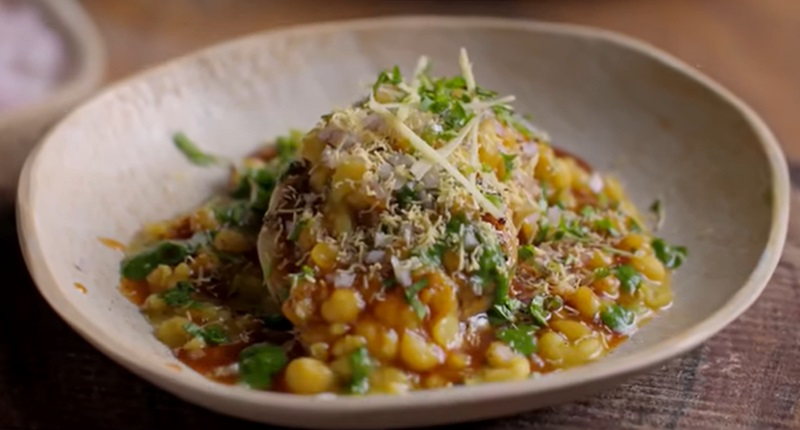
Ragda pattice is a popular Maharashtrian street food dish that consists of two main components: ragda and pattice. Ragda is a spicy curry made with dried white peas, cooked with a blend of aromatic spices like ginger, garlic, and cumin seeds. It has a thick gravy-like consistency and is bursting with flavors. The pattice, on the other hand, are potato patties that are made by mashing boiled potatoes and mixing them with various spices like chili powder, turmeric, and coriander. These patties are then fried until golden brown, giving them a crispy exterior while maintaining a soft and fluffy interior. To assemble the dish, the ragda is poured generously over the pattice, and it is garnished with an array of toppings like chopped onions, coriander leaves, tamarind chutney, and sev (crispy fried gram flour noodles). The combination of the spicy ragda and the crispy pattice creates a delightful contrast in texture and taste.
Sabudana Khichri
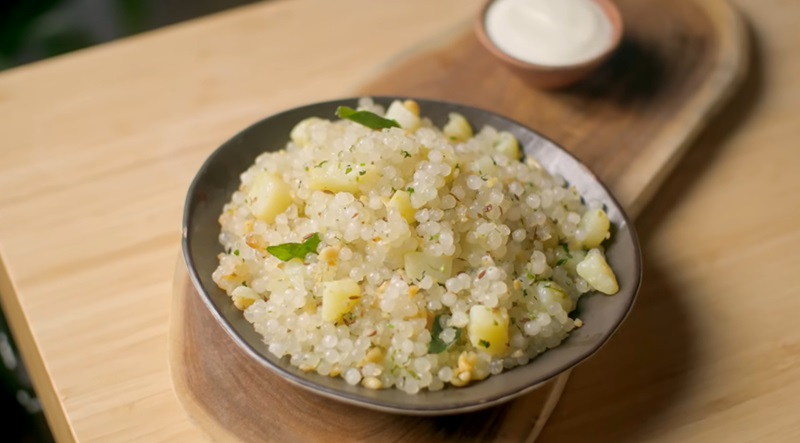
Sabudana khichri is a traditional Maharashtrian dish that is typically consumed during fasting periods or as a breakfast option. It is a flavorful and nutritious dish made using tapioca pearls, also known as sabudana, along with peanuts, potatoes, and various aromatic spices. To prepare this dish, the sabudana pearls are soaked overnight in water, which helps in softening them. The soaked pearls are then mixed with roasted peanuts, boiled potatoes, and a combination of spices such as cumin seeds, green chili, curry leaves, and turmeric powder. This mixture is sautéed in ghee or oil until the sabudana pearls turn translucent and the potatoes are cooked through. Sabudana khichri has a unique texture with soft pearls, crunchy peanuts, and tender potatoes, creating a delightful combination of flavors. It is often garnished with fresh coriander leaves and a squeeze of lemon juice to enhance the taste.
Sanna
-1706513712.jpg)
Sanna, a soft and steamed dumpling, is a prized culinary treasure from the Konkan region along the western coast of the Indian subcontinent. The artful preparation of sanna involves a harmonious combination of red rice, black lentils, and coconut, with different fermentation methods giving rise to distinctive variations. Hindus prefer using urad dal, coconut water, and coconut milk, resulting in dumplings with a unique flavor profile. On the other hand, Catholic sannas come in two variations: those made with coconut flower toddy and those made with coconut palm sap-toddy, each offering a distinct taste. Sannas hold a special place in Konkani celebrations, often gracing tables during important occasions like Ganesh Chaturthi and church feasts.
Misal
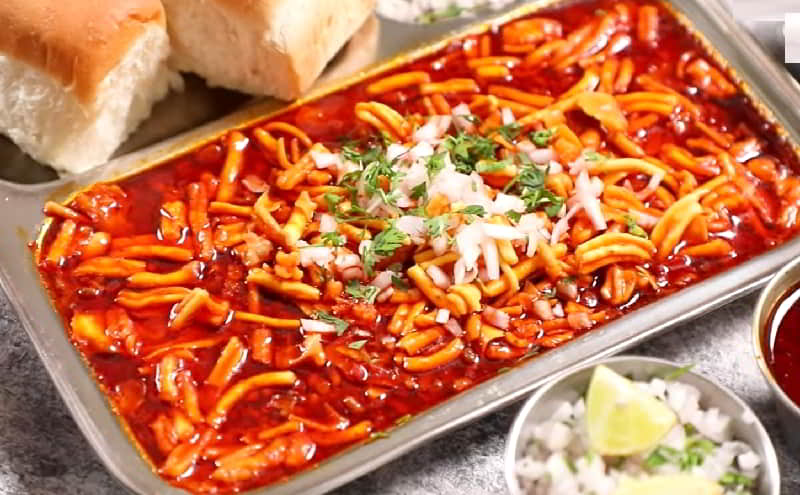
Misal is a popular Maharashtrian dish that is known for its rich and spicy flavors. It is a combination of sprouted lentils (usually moth beans or mung beans), mixed with a spicy curry made from a blend of aromatic spices and coconut. The dish is typically served with a generous garnish of crispy fried snacks like farsan (fried gram flour noodles) and sev (thin crispy noodles), along with chopped onions, coriander leaves, and a squeeze of lime. The preparation of misal involves a two-step process. First, the sprouted lentils are cooked till they are soft and tender. Then, a flavorful curry is prepared by sautéing onions, tomatoes, garlic, and spices in oil. This curry is then mixed with the cooked lentils to create a delicious and hearty dish.
Kombdi Vade
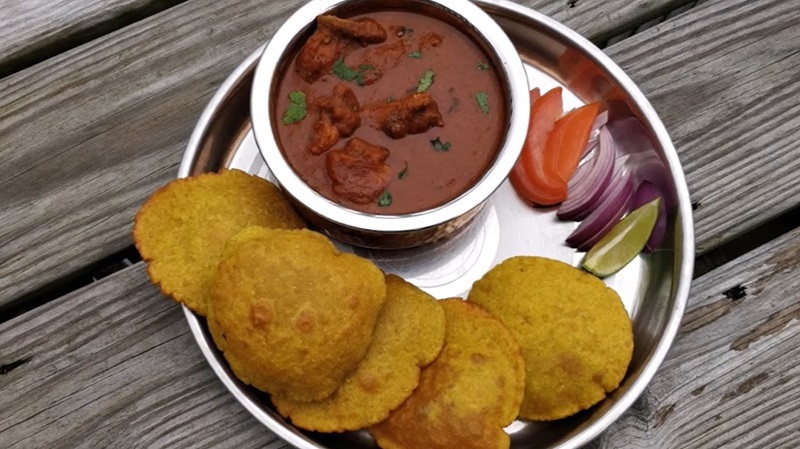
Kombdi vade is a beloved dish hailing from Maharashtra, India, that beautifully combines chicken curry with crispy deep-fried bread called vade. The curry is made with a fragrant blend of spices such as onions, garlic, ginger, turmeric, coriander, cumin, and red chili powder. Slow-cooked to perfection, the chicken becomes tender and infused with aromatic flavors. On the other hand, vade is a crunchy fried bread made from lentils and spices, providing a delightful contrast to the flavorful chicken curry. This culinary duo creates a symphony of textures and tastes that will leave your taste buds watering. It is Traditionally served with onion and lemon slices for a tangy twist.
Jhunka
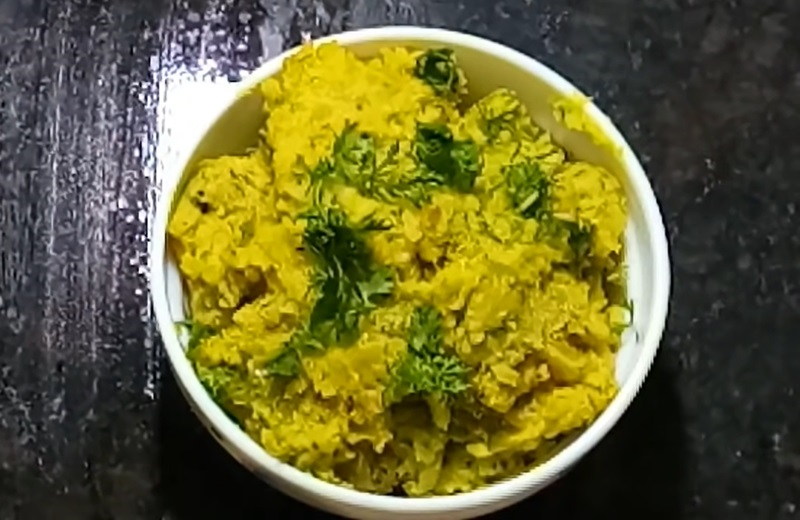
Jhunka is a popular Maharashtrian dish that is known for its simplicity and delicious flavors. It is a thick gram flour curry that is spiced with a blend of aromatic spices like cumin, mustard seeds, turmeric, and red chili powder. The dish is typically served with hot rotis or bhakris, which are traditional Maharashtrian breads. To prepare Jhunka, gram flour is mixed with water to form a smooth batter. The batter is then cooked with a tempering of mustard seeds, cumin seeds, curry leaves, and green chilies to enhance its taste. The addition of onions and garlic adds a unique and savory flavor to the dish. Jhunka is a versatile dish that can be customized by adding vegetables like spinach or fenugreek leaves for added health benefits.
Sabudana Vada
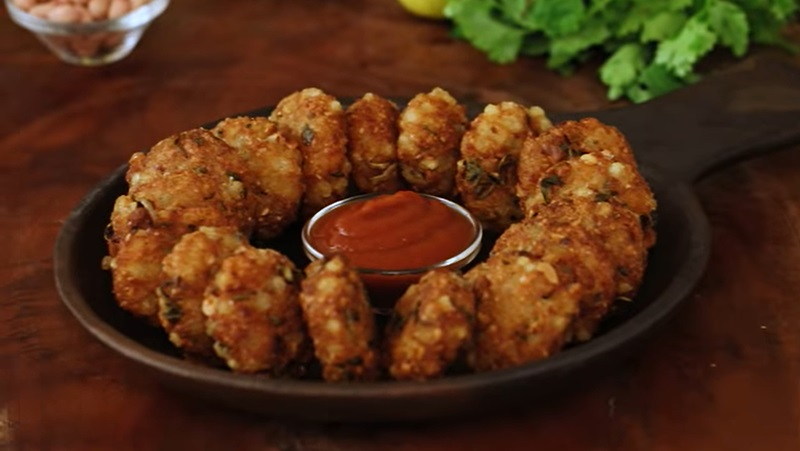
Sabudana vada is a popular Maharashtrian dish that is often enjoyed as a snack or breakfast item. It is made using sabudana, which are small pearl-like balls made from tapioca or sago. The vadas are crispy on the outside and soft on the inside. To make sabudana vada, soaked sabudana is mixed with mashed potatoes, peanuts, green chilies, ginger, and spices like cumin seeds and coriander leaves. This mixture is then shaped into small patties and deep-fried until golden brown. The vadas are usually served with a tangy and spicy green chutney or yogurt. The key to making perfect sabudana vadas lies in soaking the sabudana properly to achieve the right texture and preventing them from becoming sticky. The addition of peanuts provides a crunchy texture, while the spices add a flavorful kick.
Thecha
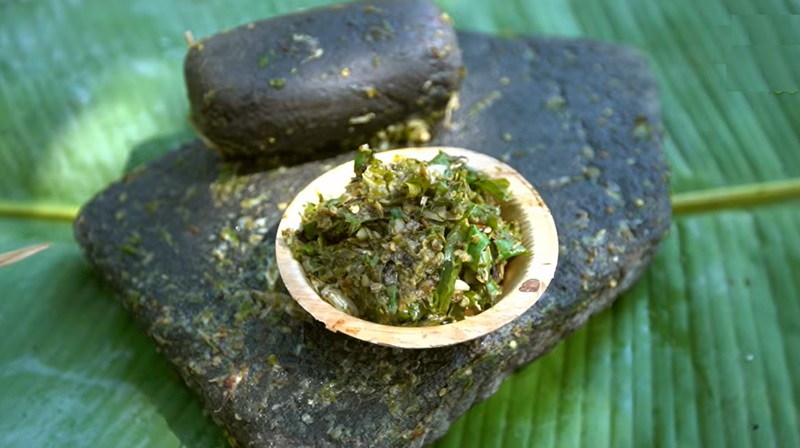
Thecha, a spicy condiment originating from Maharashtra, is renowned for its bold and fiery taste. While there are variations, the fundamental ingredients typically include chili peppers (green or red), peanuts, and garlic, combined with peanut oil. A medley of spices like coriander seeds, cumin, cloves, sesame seeds, coriander leaves, hing, and grated coconut enrich its flavor profile. Traditionally, the ingredients are crushed or pounded using a metal or mortar and pestle, although modern kitchens often opt for food processors. Thecha is commonly served with dishes such as pithla bhakri or enjoyed alongside bhakri.
Veg Kolhapuri
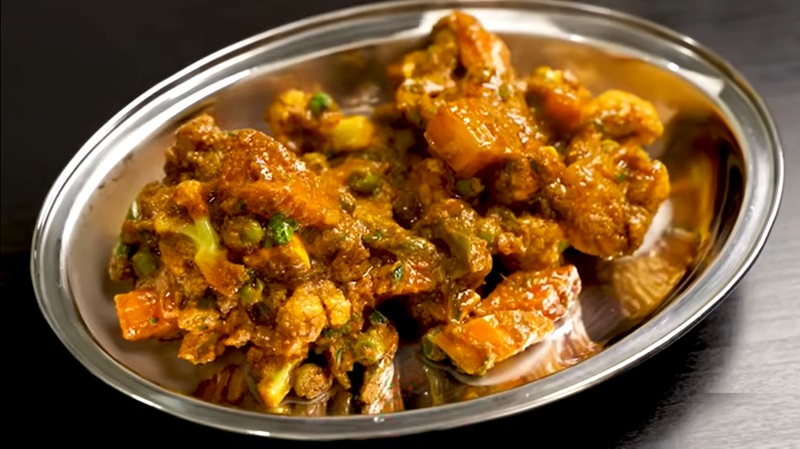
Veg Kolhapuri is a popular Maharashtrian dish known for its rich and spicy flavors. It is a delightful combination of vegetables cooked in a thick and aromatic gravy made with a blend of spices. The dish gets its name from the city of Kolhapur in Maharashtra, where it originated. The key ingredients of Veg Kolhapuri include vegetables like potatoes, cauliflower, carrots, peas, and bell peppers, which are cooked until tender. The gravy is made with a mix of spices such as red chili powder, turmeric, garam masala, coriander powder, and a special Kolhapuri masala that gives the dish its distinct flavor. The dish is typically served with hot chapatis or rice and garnished with fresh coriander leaves. The spiciness of Veg Kolhapuri can be adjusted according to personal preference, making it a versatile dish that can be enjoyed by people with varying spice tolerances.
Tilgul
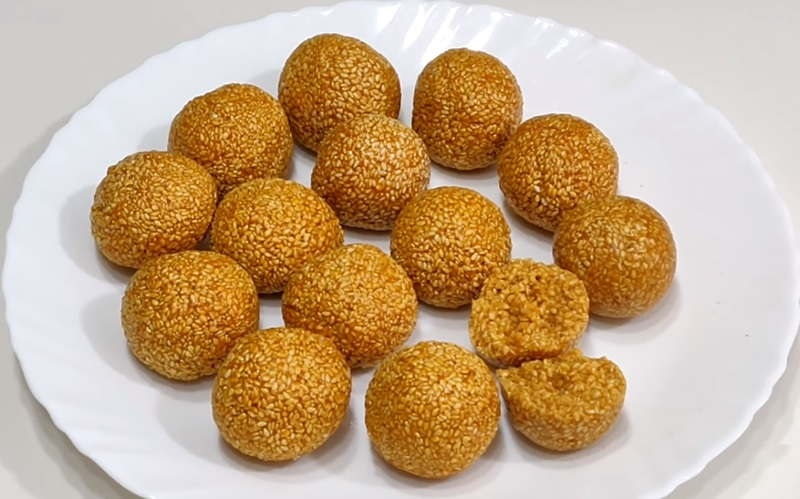
Tilgul is a traditional Maharashtrian dish that holds a significant place in the cuisine of Maharashtra. It is typically prepared during the festival of Makar Sankranti, which celebrates the transition of the sun into the zodiac sign of Capricorn. The dish consists of two main ingredients - til (sesame seeds) and gul (jaggery), hence the name Tilgul. To prepare Tilgul, sesame seeds are roasted until they turn golden brown and then mixed with jaggery syrup. The mixture is then shaped into small bite-sized balls or laddoos. The combination of the nutty flavor of sesame seeds and the sweetness of jaggery creates a delightful taste that is loved by people of all ages. Tilgul holds cultural significance as it symbolizes the exchange of sweet words and goodwill during Makar Sankranti.
Usal
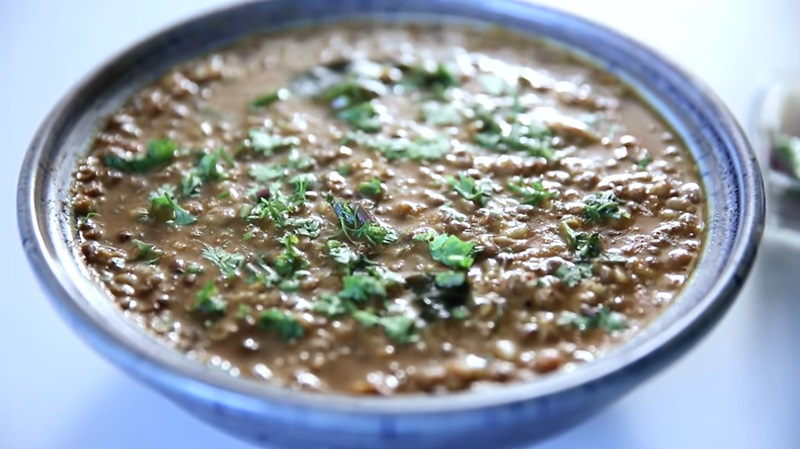
Usal is a popular Maharashtrian dish that is known for its flavorful and spicy taste. It is a versatile dish that can be made using various ingredients such as sprouts, legumes, or mixed vegetables. The dish typically consists of cooked sprouts or legumes that are seasoned with a blend of aromatic spices and served with a garnish of fresh coriander leaves. To prepare Usal, the sprouts or legumes are first soaked and then cooked until they are tender. A tempering of mustard seeds, cumin seeds, curry leaves, and asafoetida is prepared, which adds a burst of flavor to the dish. Along with the tempering, a mixture of ground spices such as turmeric, red chili powder, and coriander powder is added to enhance the taste.
Kadboli
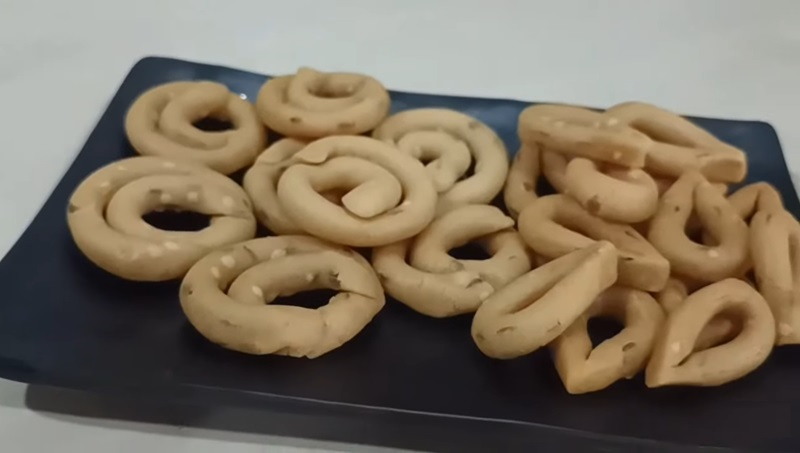
Kadboli is a savory delight originating from Maharashtrian cuisine, renowned for its distinctive spiral shape and irresistible flavor. Crafted from a dough of rice flour, gram flour, and spices, it is meticulously kneaded to achieve the perfect consistency. The dough is then rolled out into thin strips, twisted into spirals, and fried to a crisp golden brown. Infused with a medley of flavors such as cumin, sesame seeds, and chili powder, Kadboli offers a tantalizing blend of crunch and spice.
Lonavala Chikki
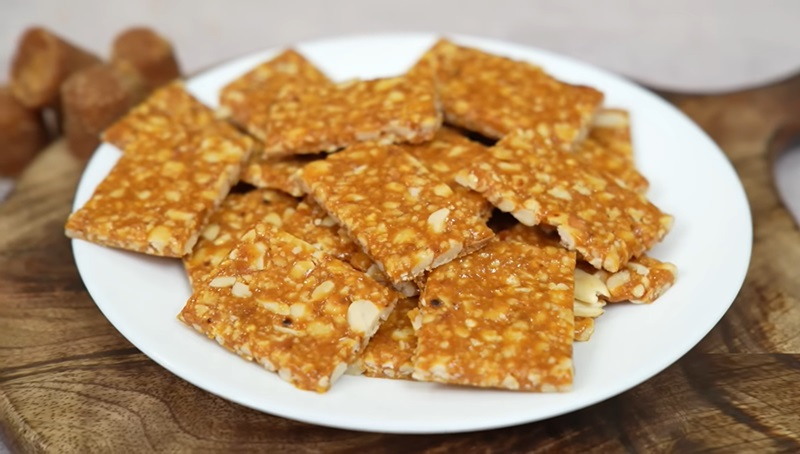
Lonavala chikki is a popular Maharashtrian sweet dish that originates from the picturesque hill station of Lonavala in Maharashtra, India. It is a delicious and crunchy treat that is loved by locals and tourists alike. Lonavala chikki is made using a few simple ingredients, primarily jaggery and roasted peanuts. The jaggery is melted and mixed with the peanuts to form a thick and sticky mixture. This mixture is then poured onto a greased surface and flattened using a rolling pin. Once it cools down and hardens, it is cut into small rectangular or square-shaped pieces. The combination of the sweet and rich flavor of jaggery with the nutty goodness of roasted peanuts makes Lonavala chikki a delightful snack.
Khatkhate
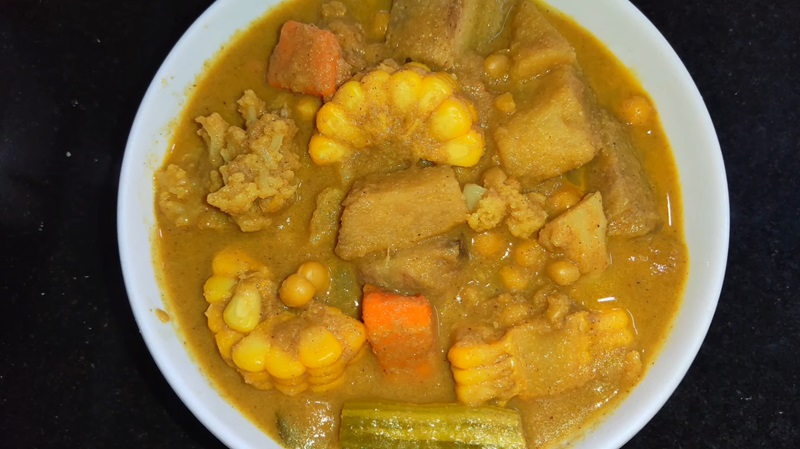
Khatkhate is a traditional Maharashtrian dish that is known for its unique blend of flavors and textures. It is a wholesome and nutritious dish that is typically made during festivals or special occasions. The word "Khatkhate" literally translates to "mixture" in Marathi, which perfectly describes the dish. The curry features a delightful combination of at least five vegetables, such as potato, radish, sweet potato, corn on the cob, pumpkins, carrots, and other seasonal additions. To achieve its complex blend of flavors, grated kokum, tamarind, coconut, dried red chili, jaggery, tirphala (Sichuan pepper), turmeric powder, and garam masala powder are artfully incorporated.
Varan Bhaat
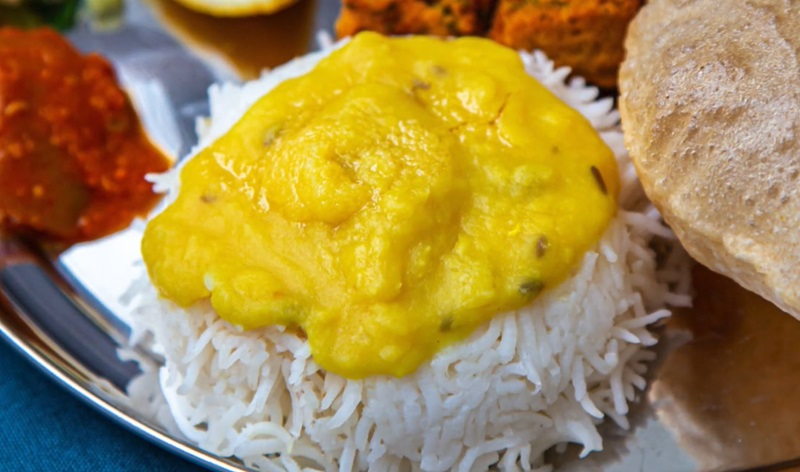
Varan bhaat is a traditional Maharashtrian dish that holds a special place in the hearts and palates of the people of Maharashtra. The dish comprises two components: varan, a simple lentil soup, and bhaat, which is plain steamed rice. To prepare varan, split yellow pigeon peas (toor dal) are cooked until soft and mashed. A tempering of spices including mustard seeds, cumin seeds, curry leaves, and asafoetida is added to enhance the flavors. The dish is then seasoned with turmeric powder, salt, and a squeeze of lemon juice. The result is a smooth and comforting lentil soup that is both nutritious and delicious. Varan bhaat is often served with a dollop of ghee (clarified butter) on top, which adds richness to the dish. It is also commonly paired with a side of pickle, papad, or vegetables like potato or eggplant bhaji. This humble yet flavorful dish is a staple in Maharashtrian households and is often enjoyed as a part of everyday meals. It symbolizes simplicity, comfort, and the essence of Maharashtrian cuisine.
Puneri Misal
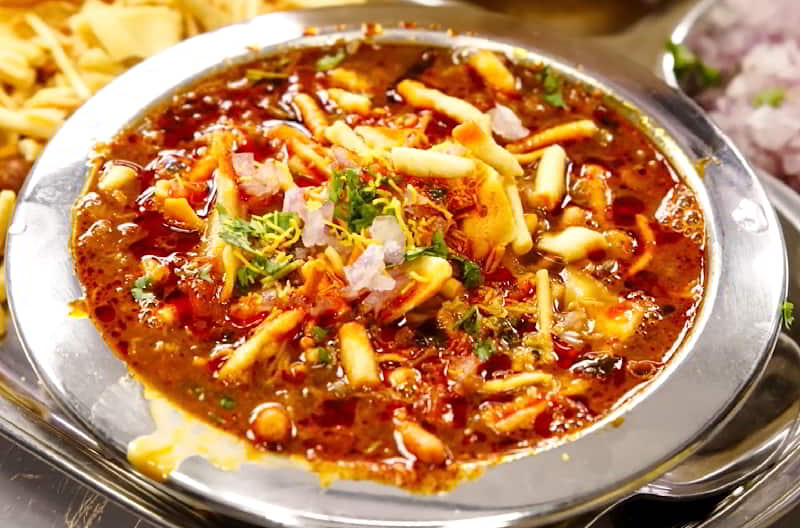
Puneri misal is a well-known vegetarian dish hailing from Pune, Maharashtra, India. It is commonly enjoyed for breakfast or as a midday snack, often served as part of misal pav. This dish's popularity endures thanks to its simplicity, affordability, and nutritional benefits. Puneri misal offers a diverse range of flavors, from mild to spicy, making it a beloved street food option. The dish consists of matki usal, tarry/kat/sample, potato bhaji, yogurt, chivda, farsan, garnished with onions, tomatoes, and coriander, arranged in layers. Served with sliced bread or a small loaf, known as misal-pav, the star of the show is the spicy curry called tarry or kat, which imparts a bold and fiery taste.
Pudachi Vadi
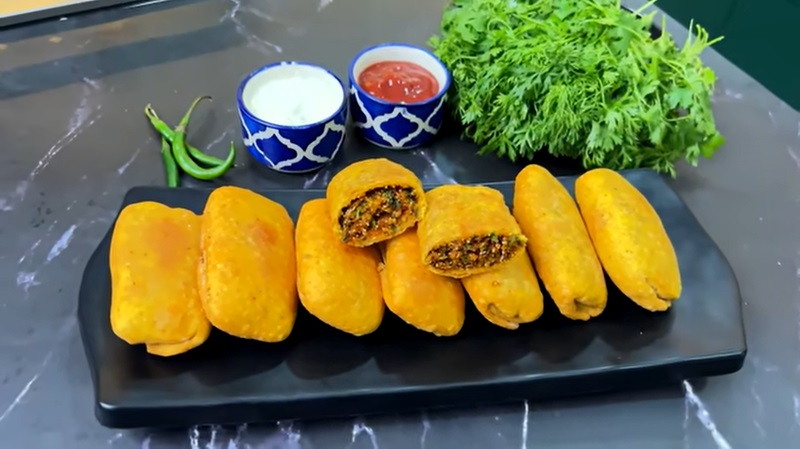
Pudachi vadi, a popular deep-fried snack, derives its name from its distinctive packet-like shape. The snack comprises a gram flour outer layer filled with a flavorful mixture of ingredients like dried grated coconut, coriander, chili powder, onion, poppy seeds, and Indian spices. Once prepared, it is deep-fried to perfection, resulting in a crispy texture that delights the taste buds. This savory treat embodies the culinary richness of Maharashtra's eastern regions, offering a delightful combination of crunchy exterior and savory filling, making it a favorite snack enjoyed across the state.
Varanfal
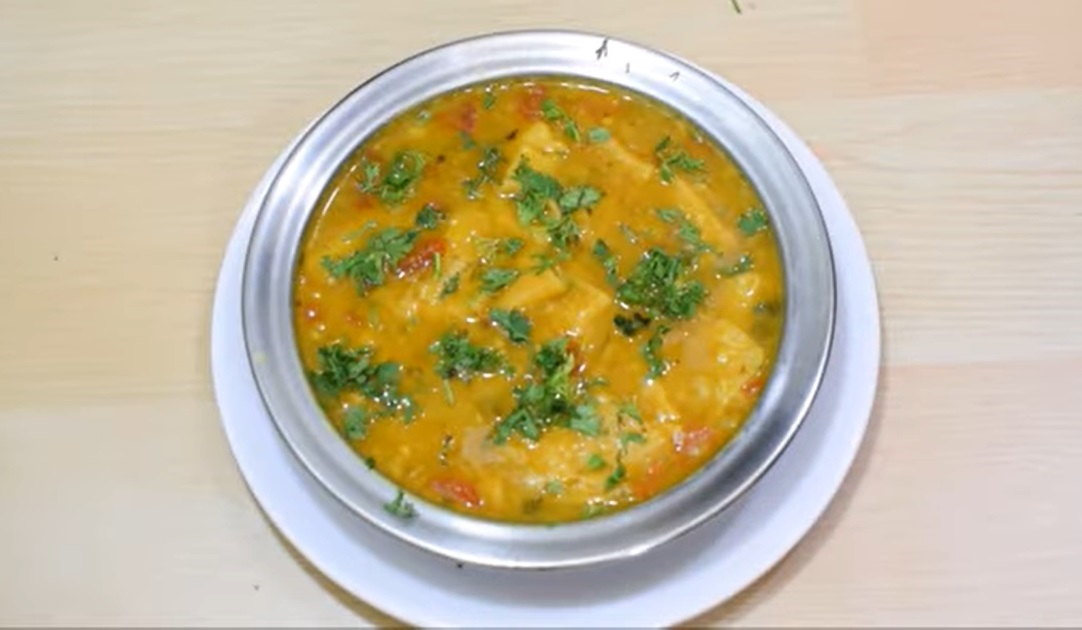
Varanfal is a classic Maharashtrian dish consisting of wheat flour dough pieces cooked alongside boiled, mashed, and tempered toor dal. Typically served with a dollop of ghee (clarified butter) and garnished with finely chopped coriander leaves, it offers a comforting and hearty meal. For added zest, some may choose to sprinkle fresh lime juice over it or enjoy it alongside curd.
Dalithoy
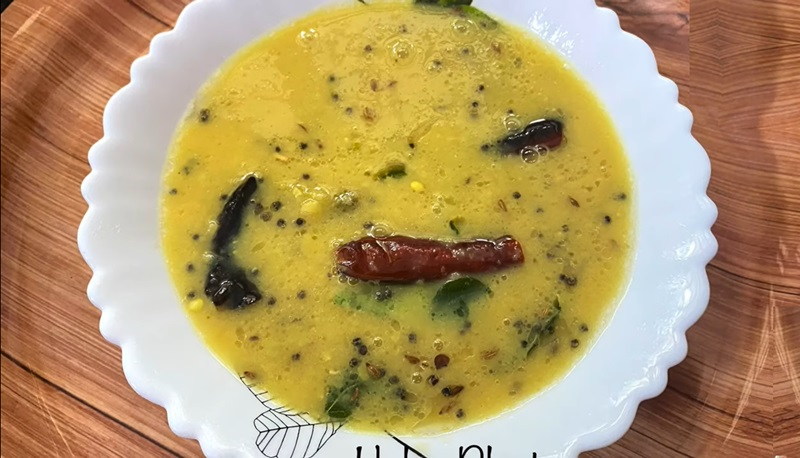
Dalithoy is a traditional Maharashtrian dish that is loved for its simplicity and flavors. It is a flavorful and comforting lentil soup made with pigeon peas, also known as toor dal. The dish gets its name from the Marathi words "dali" which means lentils and "thoy" which means soup. To make dalithoy, the lentils are cooked until they are soft and creamy. They are then tempered with mustard seeds, cumin seeds, curry leaves, and green chilies, which adds a burst of aromatic flavors to the dish. The addition of turmeric powder gives the soup a beautiful golden color. Dalithoy is often enjoyed with steamed rice or as a side dish with roti. It is a staple in many Maharashtrian households and is often served as a part of a thali, a traditional Indian meal consisting of various dishes. The flavors of the lentils, combined with the aromatic tempering, create a delicious and satisfying dish that is loved by many.
Surnoli
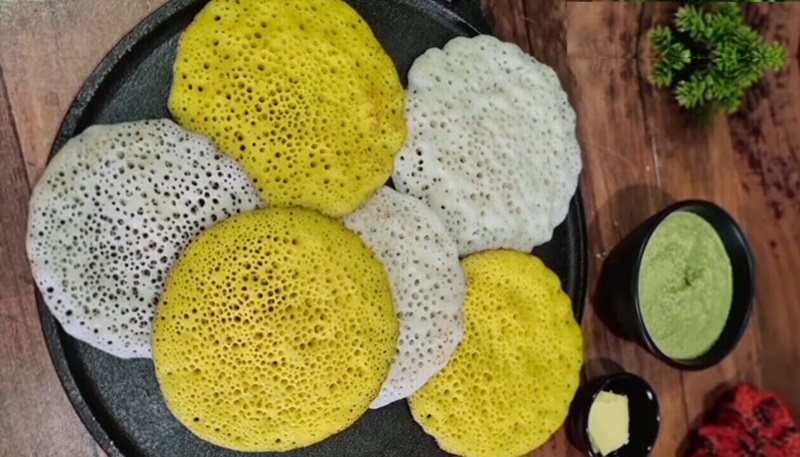
Surnoli, a cherished sweet pancake in the Konkani community, is a delightful treat with its own unique twist. To prepare the batter, rice, poha, coconut, buttermilk, jaggery, and turmeric are blended into a smooth paste after soaking. Left to ferment overnight, the batter is then cooked covered on a griddle until it gains a puffy texture and a golden yellow hue. These pancakes boast a soft interior with a slight crunch on the edges and are characterized by their distinctive appearance with holes.
Dhondas
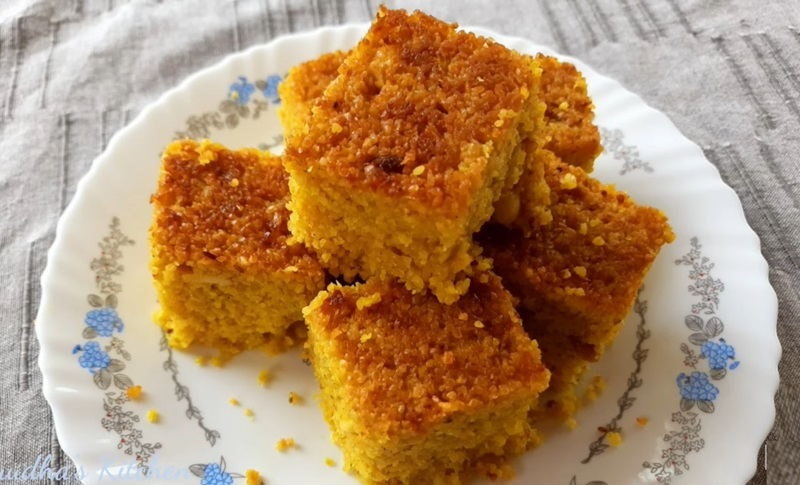
Dhondas, a savory pancake, is crafted from a blend of rice and lentils that have been soaked overnight and ground into a velvety batter. The fermentation process lends it a distinctive tangy note. Enriched with cumin, coriander, turmeric, grated coconut, and chopped onions, the batter is infused with rich flavors. Cooked on a hot griddle until achieving a crisp, golden-brown crust, Dhondas delights with its enticing aroma and crunchy texture. It's often enjoyed piping hot, paired with chutney or coconut curry, making it a delectable choice for breakfast or a satisfying snack.
Narsobawadi Basundi
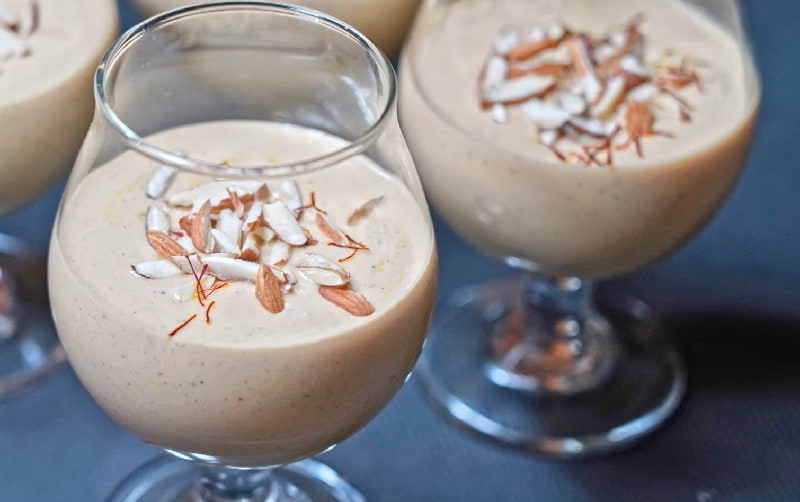
Narsobawadi Basundi, a variation of the classic Indian dessert Basundi, is closely associated with the town of Narsobawadi in Maharashtra. This rich and sweet milk-based delicacy involves simmering milk until it reaches a thick consistency, sweetening it with sugar, and flavoring it with cardamom or saffron. Reflecting the unique culinary traditions of Narsobawadi, this version of Basundi may feature special preparation techniques and include local ingredients, giving it a distinct character that honors the region's culinary heritage. The name "Narsobawadi" highlights its regional roots, underscoring the cultural importance of this Basundi within the local community and showcasing the diverse flavors of Maharashtra.
Chapati
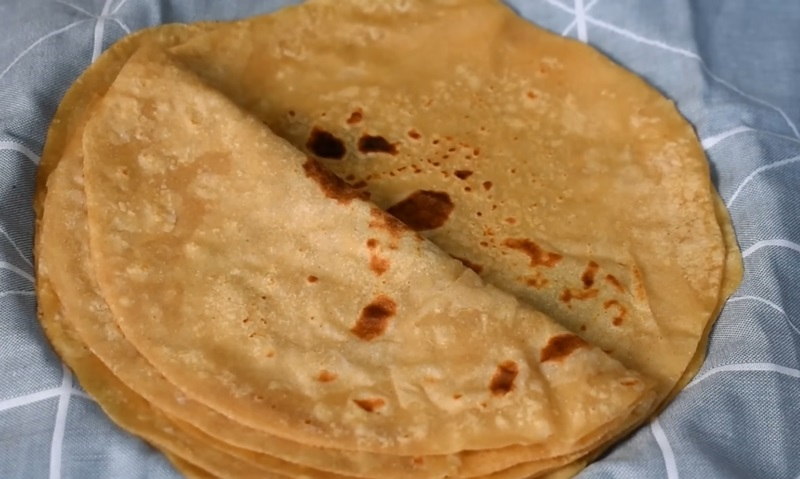
Chapati is a traditional Indian flatbread that is a staple in Maharashtrian cuisine. Made with whole wheat flour, water, and a pinch of salt, chapatis are rolled out into thin circles and cooked on a hot griddle or tava. They are typically served hot and are an essential accompaniment to various Maharashtrian dishes. Chapatis are soft, chewy, and slightly crispy, and are enjoyed by people of all ages. They are not only delicious but also a healthy option as they are low in fat and rich in dietary fiber. Maharashtrian chapatis are often flavored with ghee or butter, which adds a rich and comforting taste. Chapatis are incredibly versatile and can be paired with a wide range of curries, vegetables, and lentils.
Palak Paneer
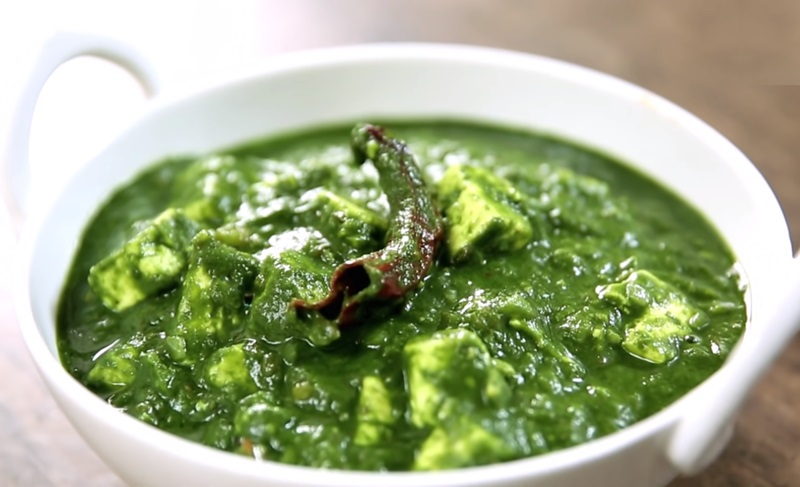
Palak paneer is a classic vegetarian dish made with spinach and fresh cottage cheese, cooked in a luscious gravy. To prepare Palak Paneer, first, the spinach leaves are blanched and then pureed to create a vibrant green base. In a hot pan, ghee or oil is heated, and cumin seeds are spluttered to release their aroma. Finely chopped onions, ginger, and garlic are added and sautéed until golden brown. A blend of aromatic spices like coriander, cumin, and turmeric powder is added to the pan, followed by the spinach puree. The dish is then brought to a simmer, and chunks of soft and creamy paneer are added, allowing them to soak up the flavors of the spinach gravy. A touch of cream is added to enhance the richness of the dish.
Khandvi
-1712561581.jpg)
Khandvi is a savory roll made with gram flour (besan) and yogurt, tempered with mustard seeds, curry leaves, and green chilies. To prepare Khandvi, a smooth batter is made by combining besan, yogurt, turmeric, and water. The batter is then cooked on a low flame until it thickens and becomes pliable. It is then spread thinly on a greased surface and cut into strips. These strips are rolled tightly to form small, bite-sized rolls. The rolls are garnished with a tempering of mustard seeds, curry leaves, and green chilies, which adds a burst of aromatic flavors. The final dish is garnished with fresh coriander leaves and grated coconut, adding a touch of freshness.
Gujia
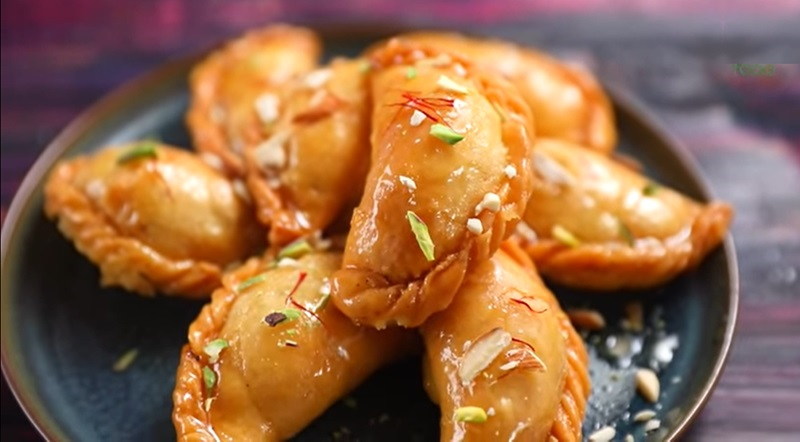
Gujia is a sweet dumpling made with a rich filling of coconut, jaggery, and dry fruits. The outer covering of the gujia is made with a mixture of all-purpose flour and semolina, which is rolled into a thin pastry dough and filled with the delicious stuffing. To make gujia, the filling is prepared by roasting grated coconut, jaggery, and a mix of dry fruits like cashews, almonds, and raisins. The mixture is then flavored with cardamom powder and saffron to add a delightful aroma. The dough is made by combining all-purpose flour, semolina, ghee, and a pinch of salt. The dough is then divided into small portions, rolled into circles, and filled with the sweet stuffing. The edges are sealed by pressing them together and then the gujias are deep-fried until golden brown.






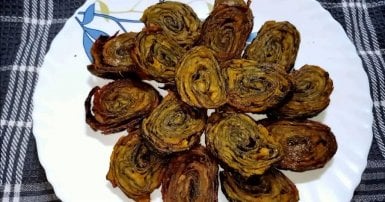
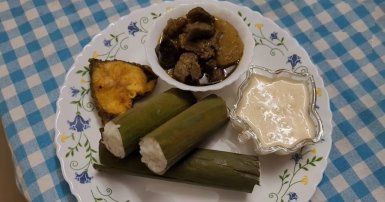
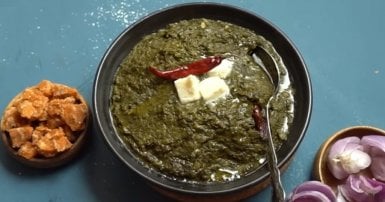
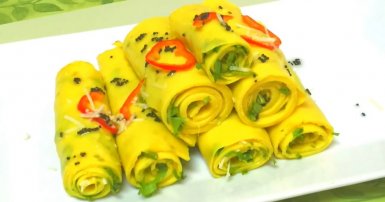
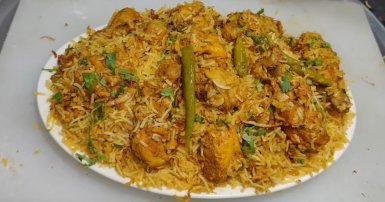
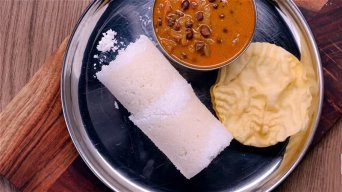

-1709813013.jpg)


